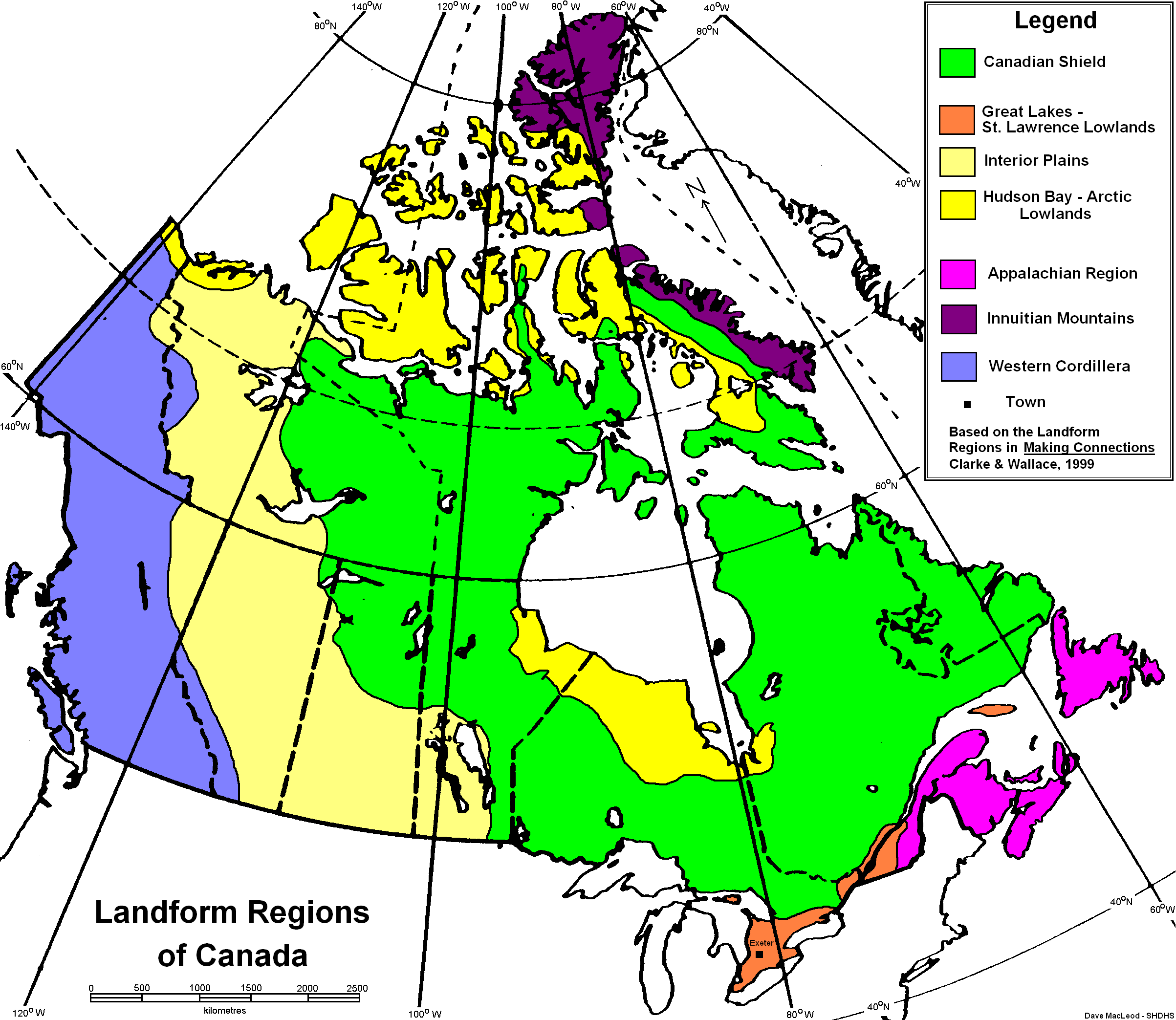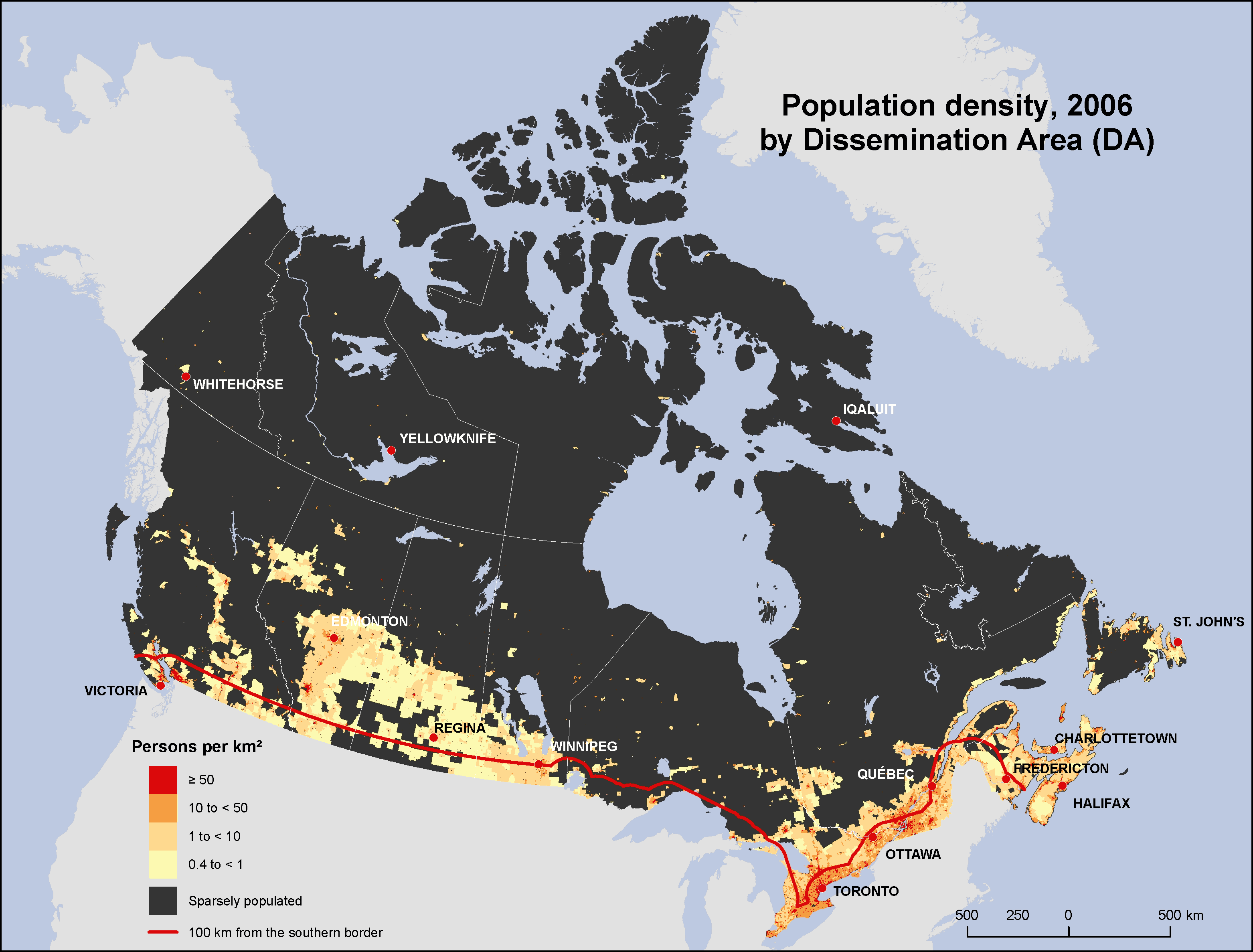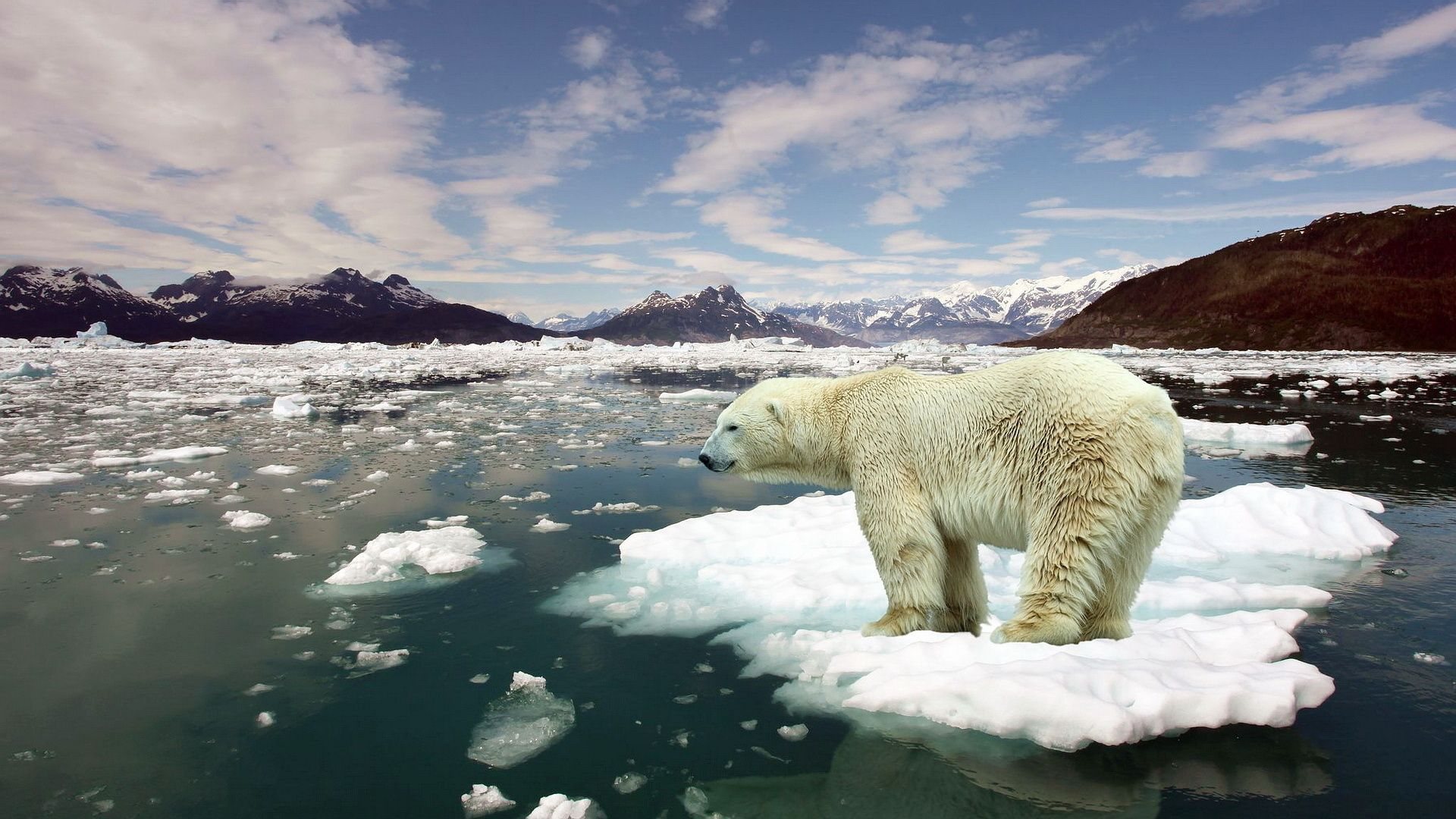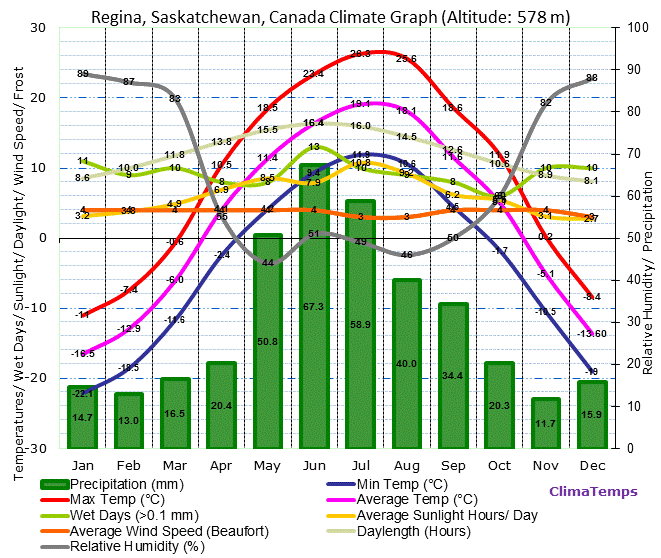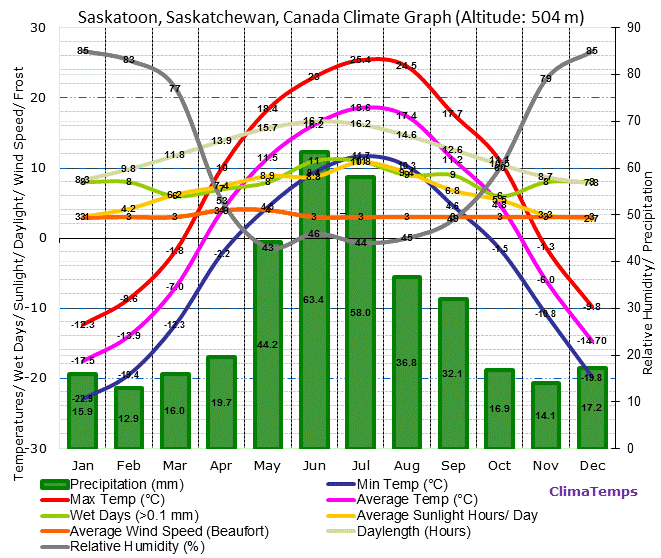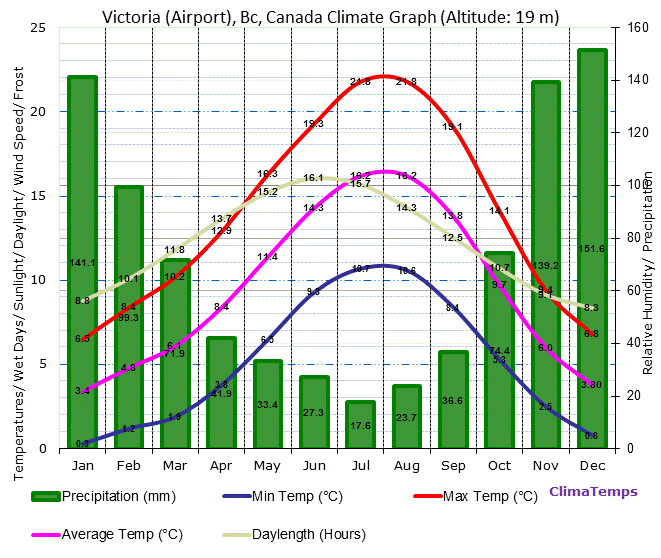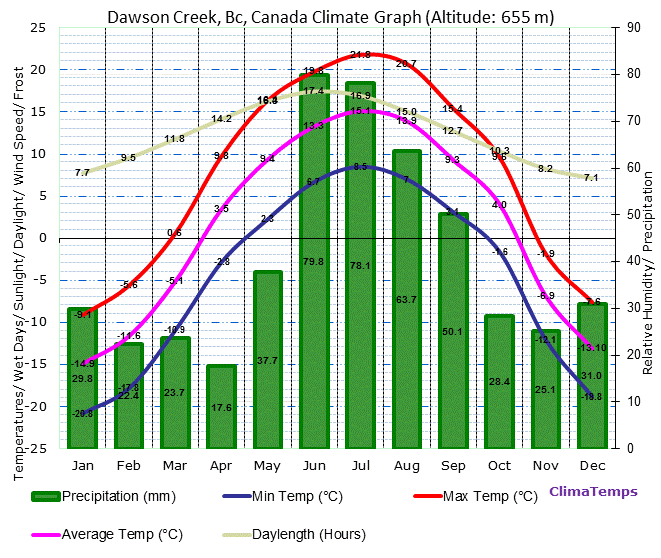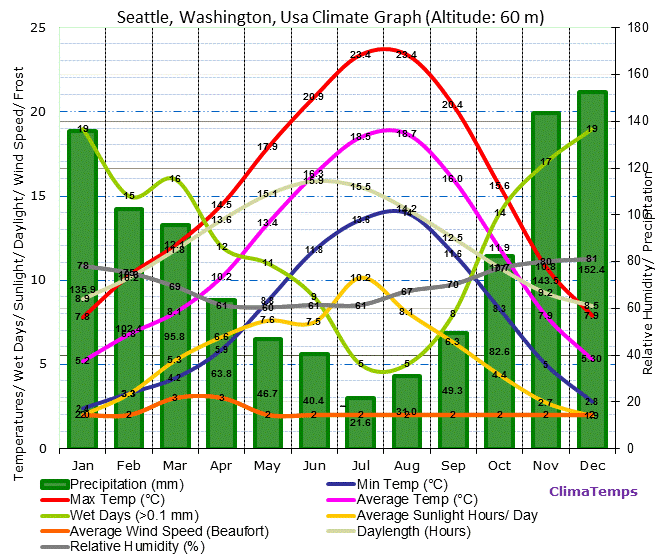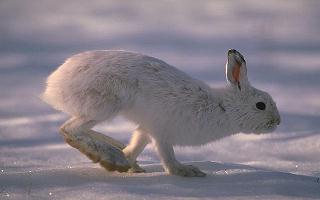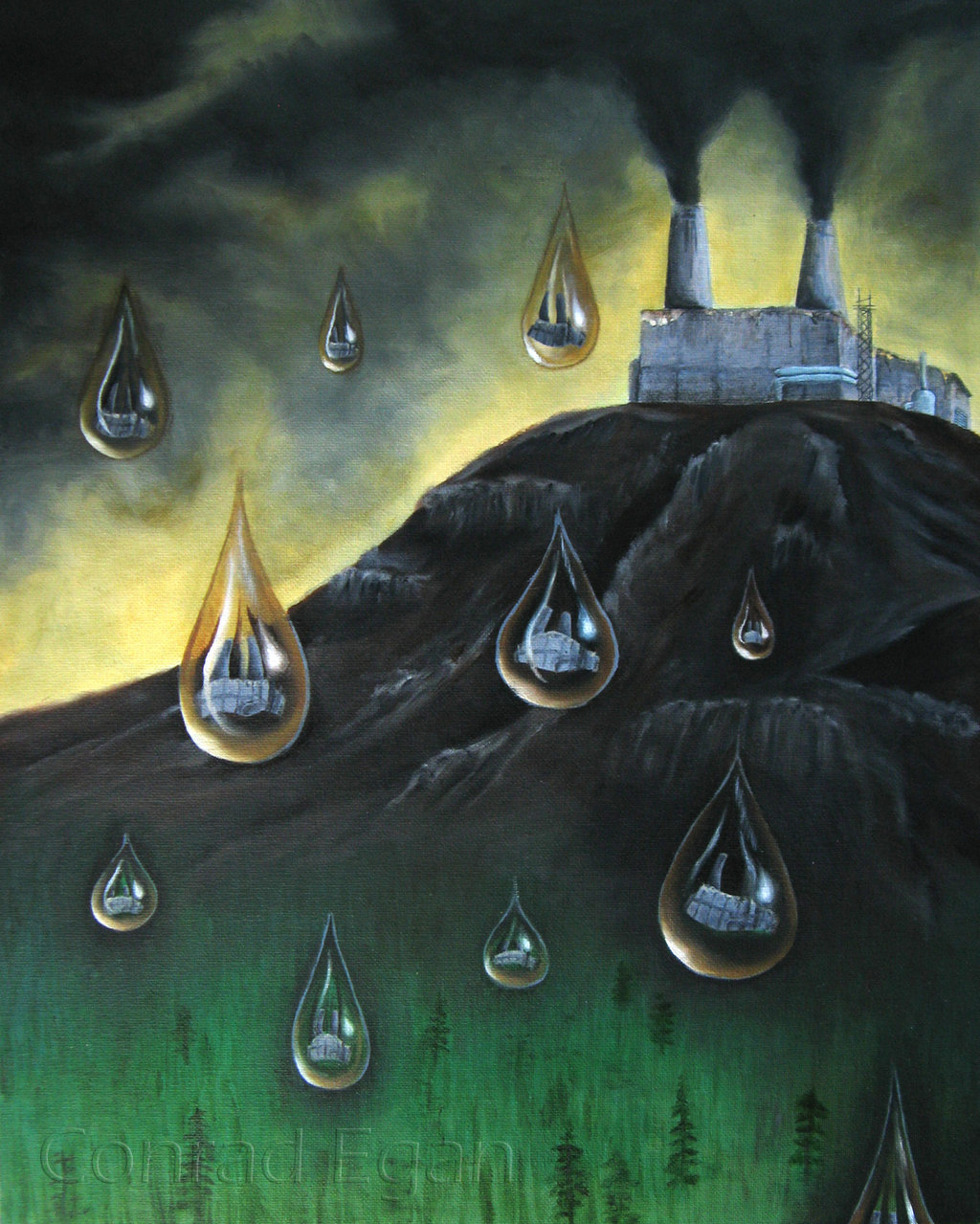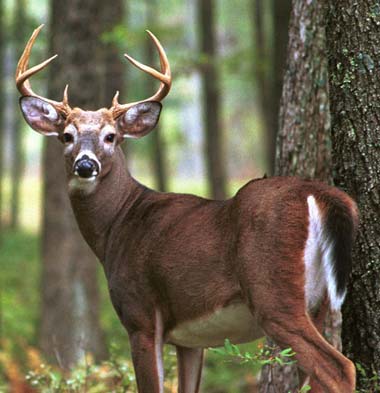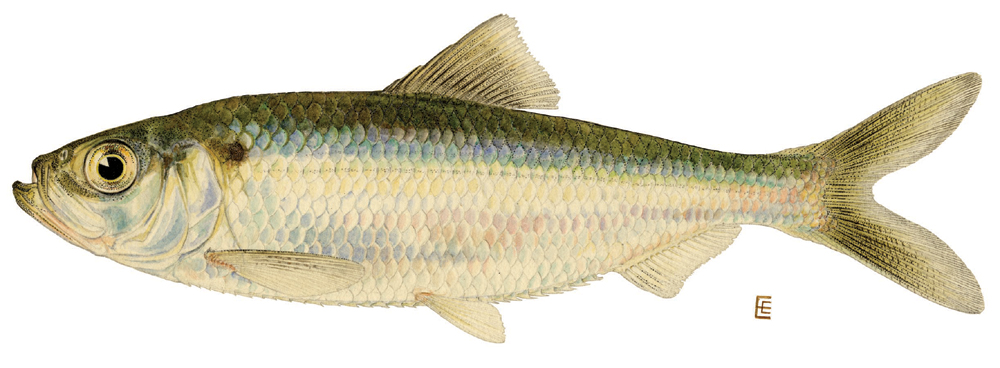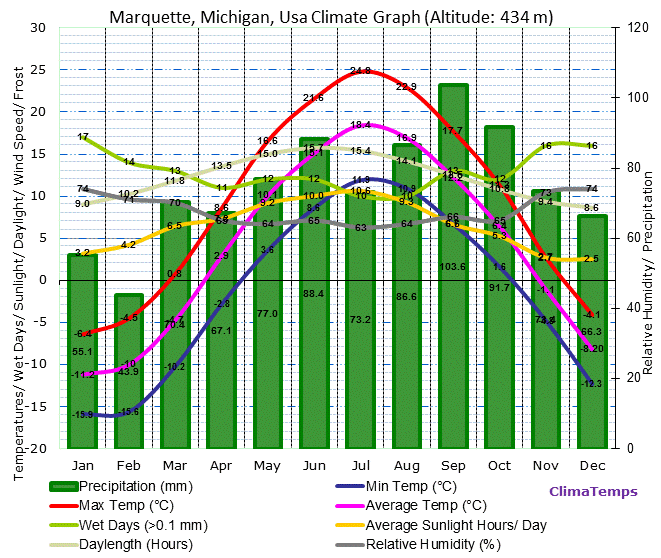Research
"What You Can Do." • Saskatchewan Eco Network. N.p., n.d. Web. 10 June 2016.
"Plants of the Prairies Ecozone." Plants of the Prairies Ecozone. N.p., n.d. Web. 10 June 2016.
"Canadian Biodiversity Web Site." Canadian Biodiversity Web Site. N.p., n.d. Web. 10 June 2016
"Canadian Biodiversity Web Site." Canadian Biodiversity Web Site. N.p., n.d. Web. 10 June 2016.
Hudson Plains Ecozone. (n.d.). Retrieved June 10, 2016, from http://www.ecozones.ca/english/zone/HudsonPlains/index.html
Hudson Bay lowlands succumbing to warming, climate change. (2013). Retrieved June 10, 2016, from http://www.rcinet.ca/en/2013/10/10/hudson-bay-lowlands-succumbing-to-warming-climate-change/
Physiographic Regions. (n.d.). Retrieved June 10, 2016, from http://www.thecanadianencyclopedia.ca/en/article/physiographic-regions/
Common menu bar links. (n.d.). Retrieved June 10, 2016, from http://www.pc.gc.ca/eng/docs/v-g/nation/sec4.aspx
(n.d.). Retrieved June 10, 2016, from http://www.britannica.com/
Air. (n.d.). Retrieved June 10, 2016, from https://www.ec.gc.ca/Air/default.asp?lang=En
Natural Regions. (n.d.). Retrieved June 10, 2016, from http://www.thecanadianencyclopedia.ca/en/article/natural-regions/
Regional Overview. (n.d.). Retrieved June 10, 2016, from http://www.nrcan.gc.ca/environment/resources/publications/impacts-adaptation/reports/assessments/2008/ch3/10331
"What You Can Do." • Saskatchewan Eco Network. N.p., n.d. Web. 10 June 2016.
"Plants of the Prairies Ecozone." Plants of the Prairies Ecozone. N.p., n.d. Web. 10 June 2016.
"Canadian Biodiversity Web Site." Canadian Biodiversity Web Site. N.p., n.d. Web. 10 June 2016
"Canadian Biodiversity Web Site." Canadian Biodiversity Web Site. N.p., n.d. Web. 10 June 2016.
Hudson Plains Ecozone. (n.d.). Retrieved June 10, 2016, from http://www.ecozones.ca/english/zone/HudsonPlains/index.html
Hudson Bay lowlands succumbing to warming, climate change. (2013). Retrieved June 10, 2016, from http://www.rcinet.ca/en/2013/10/10/hudson-bay-lowlands-succumbing-to-warming-climate-change/
Physiographic Regions. (n.d.). Retrieved June 10, 2016, from http://www.thecanadianencyclopedia.ca/en/article/physiographic-regions/
Common menu bar links. (n.d.). Retrieved June 10, 2016, from http://www.pc.gc.ca/eng/docs/v-g/nation/sec4.aspx
(n.d.). Retrieved June 10, 2016, from http://www.britannica.com/
Air. (n.d.). Retrieved June 10, 2016, from https://www.ec.gc.ca/Air/default.asp?lang=En
Natural Regions. (n.d.). Retrieved June 10, 2016, from http://www.thecanadianencyclopedia.ca/en/article/natural-regions/
Regional Overview. (n.d.). Retrieved June 10, 2016, from http://www.nrcan.gc.ca/environment/resources/publications/impacts-adaptation/reports/assessments/2008/ch3/10331
Species and ecosystem impacts. (n.d.). Retrieved June 10, 2016, from http://www.davidsuzuki.org/issues/climate-change/science/impacts/species-and-ecosystems/
Canadian Shield. (n.d.). Retrieved June 10, 2016, from http://www.newworldencyclopedia.org/entry/Canadian_Shield
Great Lakes Region. (n.d.). Retrieved June 10, 2016, from http://www.regions.noaa.gov/great-lakes/index.php/great_lakes-restoration-initiative/invasive-species/
Canadian Regional Geography - Your Canada. (n.d.). Retrieved June 10, 2016, from http://yourcanada.ca/geography/regional/
Common menu bar links. (n.d.). Retrieved June 10, 2016, from http://www.pc.gc.ca/eng/docs/v-g/nation/nation76.aspx
Great Lakes Weather and Climate - Transition Seasons Summary. (n.d.). Retrieved June 10, 2016, from https://www.ssec.wisc.edu/sose/glwx/glwx_module3_summary.html
Plundering Appalachia - The Tragedy of Mountaintop-Removal Coal Mining :: The Issue. (n.d.). Retrieved June 10, 2016, from http://www.plunderingappalachia.org/theissue.htm
Appalachia's Economy. (n.d.). Retrieved June 10, 2016, from http://www.arc.gov/appalachian_region/appalachiaseconomy.asp
Appalachian Mountains. (n.d.). Retrieved June 10, 2016, from http://www.newworldencyclopedia.org/entry/Appalachian_Mountains
A Century of Climate Change-How the Complex Landscape of the Appalachian Forests Will Fare. (2015). Retrieved June 10, 2016, from http://www.sciencetimes.com/articles/5328/20150403/a-century-of-climate-change-how-the-complex-landscape-of-the-appalachian-forests-will-fare.htm
Mountain Soil Types. (n.d.). Retrieved June 10, 2016, from http://www.gardenguides.com/129371-mountain-soil-types.html
Images
All Climate Graph's sourced from Climatemps.com ---
World Climate & Temperature. (n.d.). Retrieved June 10, 2016, from http://www.climatemps.com/
Western Cordillera Landform Region. (n.d.). Retrieved June 10, 2016, from http://westerncordilleralandformregion.blogspot.ca/
All Animal Pictures From--- Pictures of Animals. (n.d.). Retrieved June 10, 2016, from http://a-z-animals.com/animals/pictures/
